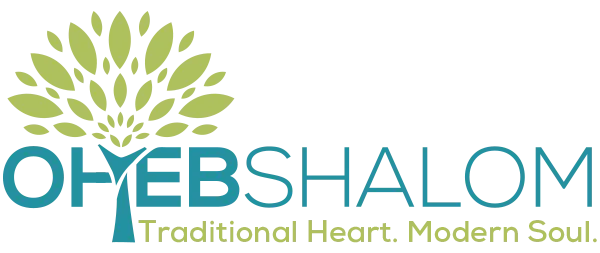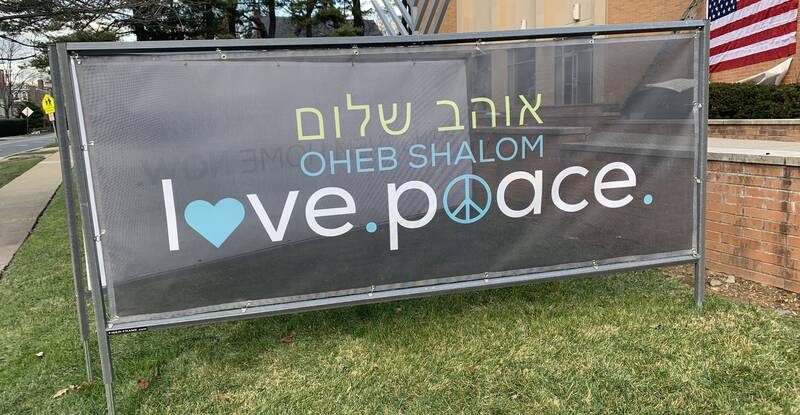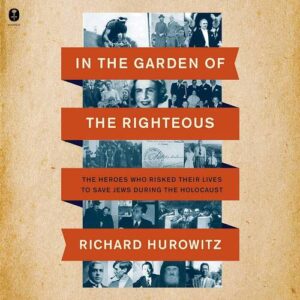I watched “The Bachelor” finale with my daughter this week. How emotionally intense it wanted to be! Daisy was brought to tears in one scene; after the commercial break, it was her rival Kelsey’s turn. We watched as Joey struggled with fierce emotion. How could he possibly decide between the two, knowing that he’d hurt one? Cue the violins. The clip of his tears on the beach was in every commercial and lead-up promo. I won’t spoil it beyond telling you that he chose one of them. And they all cried.
The other reality television phenomenon that happened this week was the opening of the Major League Baseball season. Which teams will shine, which players will rise to the top, who will win the pennant? (As I write, it’s Yankees 1, Astros 0, just saying.) The MLB changed the rules last year to give the game more action and a shorter run time; fandom was down in an era of ADD and penchant for speed. It worked; attendance rose by 10% last season and TV viewership was up, as well. Last weekend, though, as I was chatting with friends, they admitted they haven’t registered their kids for baseball because they don’t want to commit to a game that takes so long. “It’s so boring,” they said.
“This world is forever calling us to the surface of things with its drama, seduction, humor, and entertaining dilemmas,” Rabbi Shefa Gold has written. “Constantly bombarded with stimulation, we begin to rely on that stimulation to keep us from boredom and dreaded emptiness.”
When I think about my own inner life – the life of the spirit – I wonder: is there a connection?
Is it possible that our aversion to boredom is somehow related to our yearning for more meaning in our daily lives? That our manic craving for emotional intensity (as in “The Bachelor”) keeps us “on the surface,” far from the hidden recesses of the soul?
Is avoiding boredom keeping us from achieving spiritual depth?
Speaking of things boring and emotionally flat, there’s this week’s parasha, Tzav (Leviticus chapters 6-8). For context: the concern of Leviticus is the sacrificial system of the Temple, the mainstay of Jewish worship for the 1,000 years in which the Temple cult operated in Jerusalem, as well as at other shrines for a thousand or so years prior. Within this system, there are lots of animals and foodstuffs offered on the altar at various times, for various reasons. But here’s the thing to notice, as we think about boredom and stimulation and all: the parasha opens with an all-night, every-night offering. This is the korban olah, or burnt offering. This means that the fire of the altar would be going all night. It would need tending. And in the morning, every morning, a mess of scorched ashes would need to be cleaned up. (Sort of like my kitchen. Didn’t we just clean up this mess??!!)
The daily clean-up, we read, was the job of the kohen (priest). First thing in the morning, every single day, the priest would move the ashes to the side of the altar. They were to stay there, next to the altar, where all the action of the sacrifices took place. Only once the pile became too large would the priest move it outside.
So wait. You mean to tell me that the priest, the one whose life is spent in devotion to God, is the one who does the boring drudge work?
Yes. Because our boring, daily acts of devotion are the key to our spiritual lives.
Brushing your teeth? Absolutely. Shlepping the kids to school? Yep. Laundry, errands, the dishes… What Tzav is telling us is this: don’t discount that stuff. Yes, it’s boring, but it, too, can be an offering.
Rabbi Dr. Erin Lieb Smokler writes:
“Every night, throughout the entire night, an animal would burn down to ashes on the altar, keeping the mishkan aglow continuously. Even during the depths of nighttime darkness, there was always a little devotional light flickering, ensuring that that hallowed space never ceased to be a place of active worship. “אֵשׁ תָּמִיד תּוּקַד עַל־הַמִּזְבֵּחַ לֹא תִכְבֶּה”– a fire burned incessantly on the altar, never extinguishing.
“The pious act of terumat ha-deshen, of shoveling the detritus of fiery consumption from the center of the altar to its side… moves the light [excitement, stimulation, satisfaction] from center stage to a more peripheral place, and then honors it there. The altar juxtaposes fire and ashes… Not to ignore, throw away, or deny those parts of ourselves that threaten passion, but to give them their place. If we can cultivate an excitement that acknowledges boredom; a commitment that allows for alienation; an enthusiasm that makes space for malaise, we just might find a more sustainable, more integrated way to keep our fires burning tamid, continuously…”
How might we each cultivate our offerings of drudgery and boredom? Daily life cannot consist of constant emotional fixation. We can’t always shorten the game or make it more exciting. We have to go to work, mow the lawn, and stand in line. We have chores that are dreary and obligations we resent. What blessing is hidden in each of these activities? What offering of gratitude, patience, or aspiration might we offer as we begin each one? Can we stand at the kitchen sink and offer up thanks for the food eaten, the running water, the use of our hands? Can we suffer through the super long meeting by composing silent blessings for each person in the room? What if we whisper a little prayer for patience when we feel boredom creep in?
When I pray in the mornings, or meditate, or exercise, or choose foods that conform to my Jewish eating practice – all mainstays of my spiritual life – I assure you that much of the time, it is mundane, routine… in other words, boring. But the effort of keeping the fire of a steady practice is itself a spiritual practice. We miss that when we rely on things to keep moving, entertain, keep us from feeling that boredom.
The Maggid of Mezerich was once asked how a person can sustain a passionate spiritual practice or connection to God. He responded, “He who needs fire should look in the ashes.” It might not make for riveting entertainment, but that boredom might contain the very sparks we seek.


 We Jews have so many holidays and days of remembrance. From Nissan 1, the first day of Passover, marking the beginning of the year (Yes, Nissan actually is the first month of the Hebrew calendar) through Purim in the month of Adar, there are scores of holidays — and four new years. Then there is the weekly Shabbat celebration. I’d estimate that at least 100 days are marked in some special way.
We Jews have so many holidays and days of remembrance. From Nissan 1, the first day of Passover, marking the beginning of the year (Yes, Nissan actually is the first month of the Hebrew calendar) through Purim in the month of Adar, there are scores of holidays — and four new years. Then there is the weekly Shabbat celebration. I’d estimate that at least 100 days are marked in some special way.